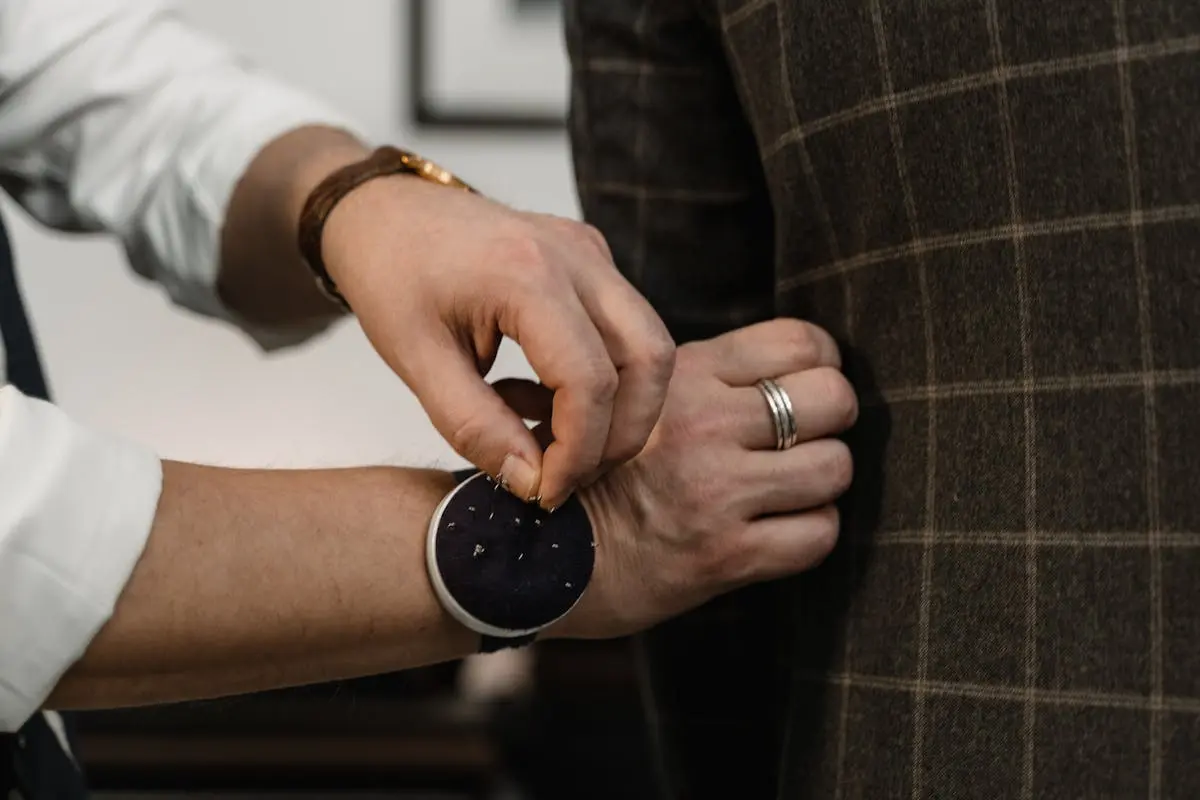Suit Alterations 101: How to Ensure Your Tailored Suit Looks Its Best
Importance of suit alterations
Suit alterations are essential to make sure your tailored suit fits you perfectly. It helps enhance your overall appearance by creating a flattering silhouette that complements your body shape. Alterations can make a big difference in how your suit looks and feels on you, giving you a polished and professional look. Simply put, proper alterations are the key to ensuring that your tailored suit looks its best and makes you feel confident and comfortable.
Signs that your suit needs alterations
If your suit feels too tight or too loose, or if you notice any wrinkling or pulling in the fabric, these are clear signs that your suit needs alterations. Sleeves that are too long or short, a collar that doesn't lay flat against your neck, or shoulders that are too tight or too loose are also indicators that your suit requires adjustments to fit you perfectly. Remember, a well-tailored suit should feel comfortable and look sharp on you!
Finding the right tailor for your suit
Finding the right tailor for your suit involves more than just picking a name out of the phone book. Here are some quick tips to help you find the perfect tailor for your needs. Look for recommendations from friends, family, or online reviews. Visit the tailor's shop to see their work and discuss your needs. Make sure the tailor has experience with the type of alterations you require. Communicate clearly about what you want and ask about pricing upfront. Remember, a good tailor can make all the difference in how your suit fits and looks on you.
How to communicate your alteration needs effectively
To make sure your tailored suit fits perfectly, it's crucial to communicate your alteration needs clearly to your tailor. Here are some tips to help you effectively convey what adjustments you need:
Be specific: Describe exactly where the suit feels too loose or tight.
Use visual aids: Bringing photos or reference images can help convey your desired fit.
Provide feedback: Don't hesitate to speak up during fittings if something doesn't feel right.
Ask questions: If you're unsure about any alteration suggestions, ask for clarification.
Discuss preferences: Let your tailor know if you have specific style preferences or details you'd like to maintain.
Altering suit jacket: sleeves, shoulders, and waist
When altering your suit jacket, ensure the tailor focuses on the sleeves, shoulders, and waist to achieve the best fit. Properly fitted sleeves should ideally reach the base of your thumb, and the shoulder seams should align with your natural shoulder line. Waist alterations can cinch the jacket for a more tailored look. By adjusting these key areas, you can transform your suit into a polished and flattering ensemble.
Altering suit pants: hem, waist, and seat adjustments
To alter suit pants properly, the tailor may need to adjust the hem, waist, and seat. Hem adjustments involve shortening or lengthening the pant legs to ensure they hit at the right spot on your shoes. Waist adjustments can involve taking in or letting out the waistband to ensure a comfortable fit. Seat adjustments may be necessary to improve the overall fit and comfort of the pants. These alterations are crucial to making sure your tailored suit fits you perfectly and looks its best.
Final tips for maintaining your tailored suit
To keep your tailored suit looking sharp, always hang it on a proper hanger to maintain its shape and avoid wrinkles. Brush it regularly to remove any dust or lint that may accumulate on the fabric. Store your suit in a breathable garment bag to protect it from dust and moths when not in use. Avoid frequent dry cleaning, as it can cause the fabric to wear out quicker. If you spill something on your suit, spot clean it immediately with a damp cloth and mild detergent. Lastly, rotate your suits to give them a break and prevent excess wear on a single suit.

